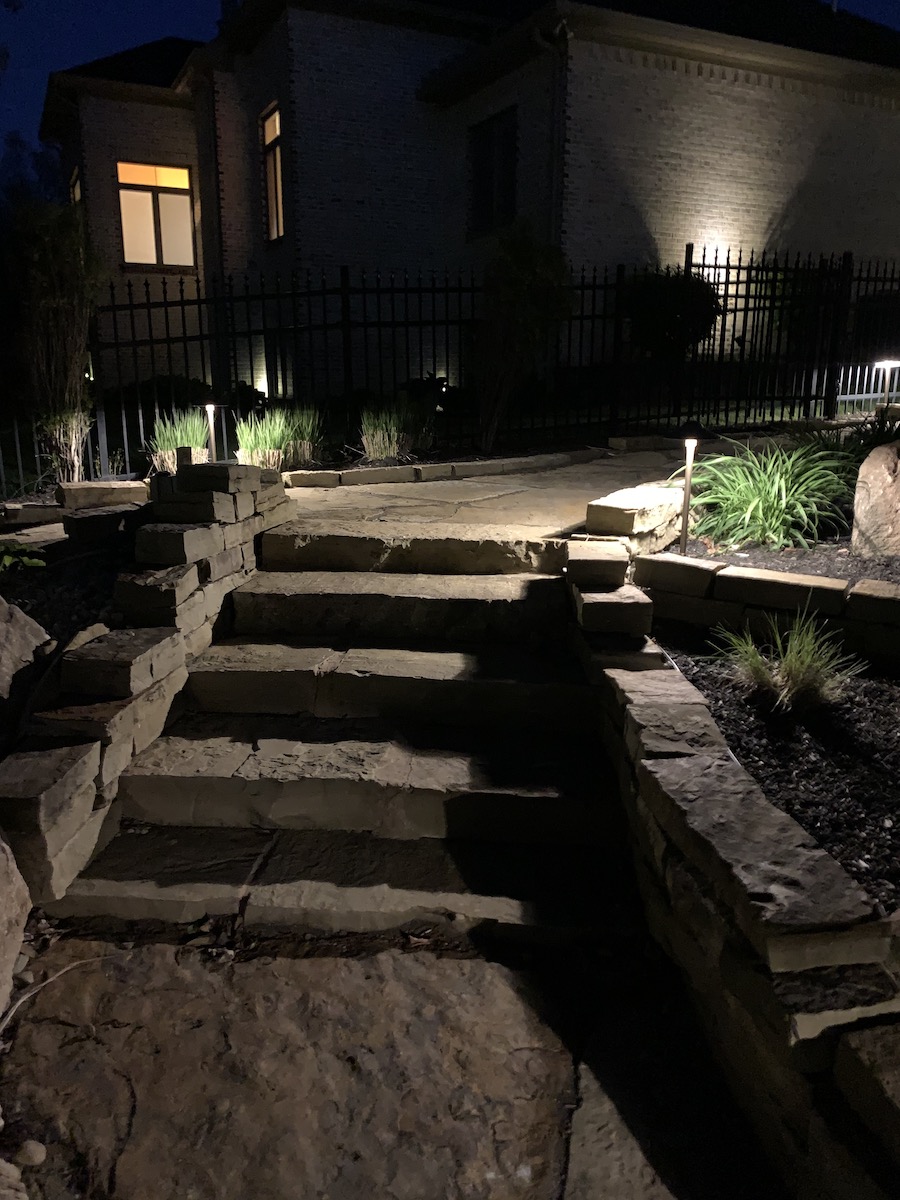Path lights give illumination to your front walk or garden path for safety and convenience and can add a unique look to your garden or outside area at night. They provide a safe outdoor environment in low-light situations.
Lighting for paths casts light patterns that are symmetrical on the ground by using shielding on fittings that are low level which light steps and paths borders. Path lights are used commonly for ground cover areas, walkways, flowerbeds and small pathways with spacing of 6 to 10 feet. For safety it is important to have path lights around any water features in your landscape such as ponds or pools as well as driveways and walkways. They can also be used to feature shrubs and flowers to highlight the lovely colors under the moonlight. They may have an on-off switch which allows the homeowner to conserve the electrical charge for special events which ensures the running time is as long as possible.
There is nothing more beautiful than walking through a garden at night while being able to enjoy (and visibly see) the look of the garden, plants, and flowers still clearly visible.

Pathway lights offer other benefits, including:
- Home security.
- Highlighting low level prized garden plants.
- Ambient lighting for garden entertaining.
- Strategically placed pathway lights leading up to the outdoor stairs provide excellent aesthetic value.
- Choices for Path Lighting
There are several options available for effective fixtures for lining and lighting walkways. The most common types used on pathways are: - Garden Lights — topped with a canopy that reflects light down onto adjacent paths and garden beds, garden lights typically stand between 18 and 24 inches tall.
- Downlights — directionally focused downlights affixed to a pole, wall, or adjacent tree offer effective pathway lighting. The spotted design provides targeted light source with little side glare. The farther away from a path, the larger the area of illumination.
- Bollard (or pillar) Lights — have a 360-degree light spread and can illuminate garden beds and walkways simultaneously. These are brighter light sources that are often placed at the start or end of a path used as a focal point to draw walkers in the right direction.
- Flush Lights — installed on the surface of a path that softly illuminates up and outwards without the intensity of a spotlight.
